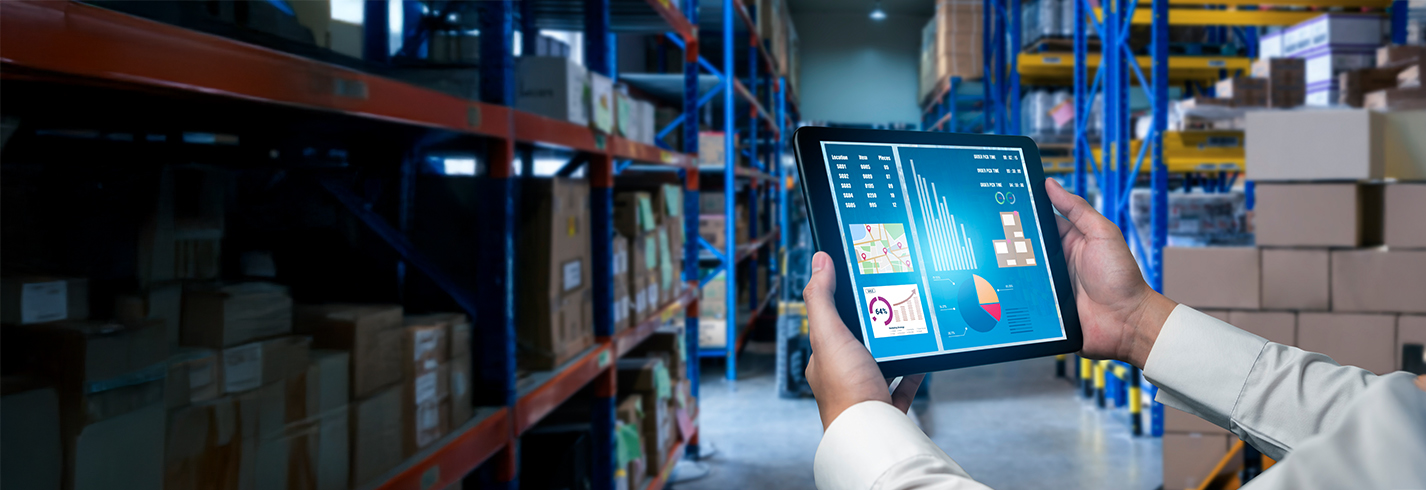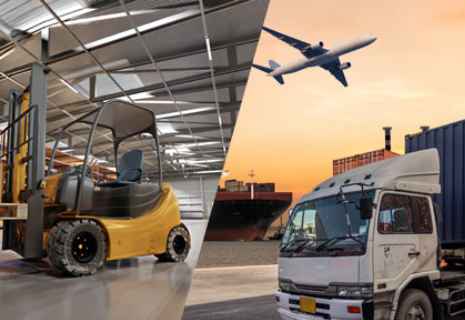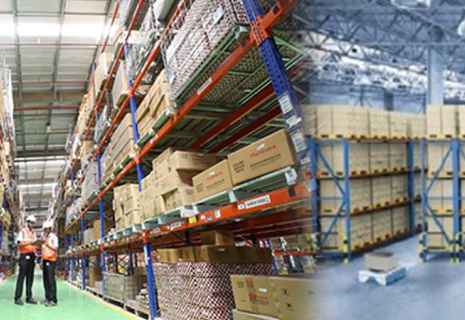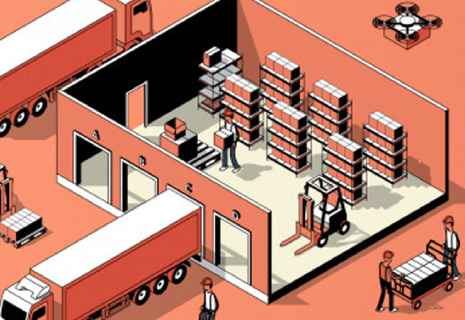
Warehouse Digitization Trends That Are Transforming Traditional Warehousing
Walk into a warehouse today, and the transformation is apparent. Connected screens, sensors, and digital workflows coordinate activity across the floor. Ten years ago, the same building relied on paper lists and guesswork. The change comes from digitization, a kit of tools that makes storage faster, safer, and greener. In this blog, we explore the trends that are turning warehouses into nerve centers of modern supply chains.
The Shift from Manual to Digital: A New Era in Warehousing
Warehousing is no longer about racks and forklifts; it’s about data, speed, and real-time visibility. But before we delve into the details, let’s take a look at the pain points of the past –
- Paper records were difficult to track and manage
- Manual counts created bottlenecks
- Managers had no clear view of stock, so they ordered too much or too little
India’s logistics market is catching up fast. Reports show that innovative technology has lifted picking speed by about 30% and cut travel time by almost 40%. For many firms, those numbers are the difference between profit and loss.
Trend #1 – Real-Time Inventory Visibility with IoT & Cloud Systems
Radio Frequency Identification (RFID), cameras, and cloud dashboards now tell you where every carton sits, almost to the second. That live feed changes everything.
Why It Matters for Modern Supply Chains
In the old days, data arrived in batches. Now planners open a live dashboard. They act before a shelf runs empty, which speeds each order and lowers holding costs.
How Industry Leaders Are Applying It
Mahindra Logistics runs more than twenty million square feet of warehousing space across India. Sensors track pallets, while custom material-handling gear moves goods with very little human touch. They also offer kitting, labelling, reverse logistics, and even sustainable spaces. That scope lets customers scale up or down without losing control. Integrated warehousing & distribution is becoming the new normal for brands that want one source for all their requirements.
Trend #2 – Automated Workflow Management
Digital workflow engines now hand out tasks like an air-traffic control tower. Each scan creates a time-stamped record, removing the need for paper slips.
The Evolution of SOPs and Process Compliance
Algorithms guide every step, so standard operating procedures follow the right order. Audits run smoother, and service levels stay on target.
Impact on Operations
When a routine pick is automated, staff spend less time hunting and more time finishing orders. Downtime falls, and each site performs the same way, whether it sits in Chennai or Chandigarh.
Trend #3 – Data-Driven Decision-Making with Predictive Analytics
Smart warehouses no longer report only the present; they also predict the future. Machine learning has examined multiple patterns and gone through years of activity to spot patterns.
Forecasting Demand, Not Just Managing Stock
The system warns when a festival spike is coming or when slow-moving goods hog floor space. It even suggests the best shelf for a fast seller.
Real-World Advantage
At Mahindra Logistics, teams lean on data so that guesswork is reduced. This, in turn, aids to lifting throughput. Our goal is simple: use numbers and data to make each shift more improved compared to the last one. With integrated warehousing distribution, businesses cut out data silos that once caused costly delays.
Trend #4 – Integrated Distribution Planning
Digitization does not end at the dock. Warehouse Management Systems now link to trucks, routes, and delivery apps through Transport Management Systems, forming one long digital chain.
Connecting Warehousing with Transportation for End-to-End Efficiency
The same screen that shows a packed pallet can send a notification to TMS. Turnaround time drops, and the cost per shipment shrinks.
Plug-and-Play Logistics Model
Start-ups prefer a single vendor who can store, pick, pack, and ship. That bundle removes the painful hand-offs of the past. The next leap is warehousing and transportation systems that communicate with each other in real time.
Trend #5 – Sustainability in Smart Warehousing
Technology and green initiatives now share the same DNA. Smart meters track energy use and flag waste instantly.
Going Green with Solar-Powered and Energy-Efficient Facilities
Solar roofs, LED lighting, and climate-smart cooling cut emissions while saving power bills. Dashboards turn each kilowatt into a visible metric.
Building a Greener Supply Chain
The warehouses don’t just store goods; they power responsible logistics for tomorrow’s brands. The future is all about integrated logistics management that balances both service data and carbon data on a single screen.
Why Businesses Are Making the Switch Now
E-commerce, omnichannel promises, and rising customer impatience leave no room for slow moves. Thus, traditional setups crumble during flash sales or seasonal peaks. On the contrary, digital-first sites let organisations grow quickly, while reducing waste substantially.
Unlock Smarter Warehousing with the Right Partner
Choosing a tech-savvy partner saves months of trial and error. One provider can link storage, freight, tracking, and ERP software so the whole chain runs on a single pulse. Warehousing and distribution become simpler when all pieces run on the same data core. A truly smart network rests on integrated logistics.
So, are you ready to digitise your warehouse? Pick a partner like Mahindra Logistics who delivers agility, transparency, and speed. Reach out at enquiries@mahindralogistics.com.




